Almost there!
By clicking the link provided in this email, you confirm that you have personally subscribed to the newsletter and that your email address has not been misused.
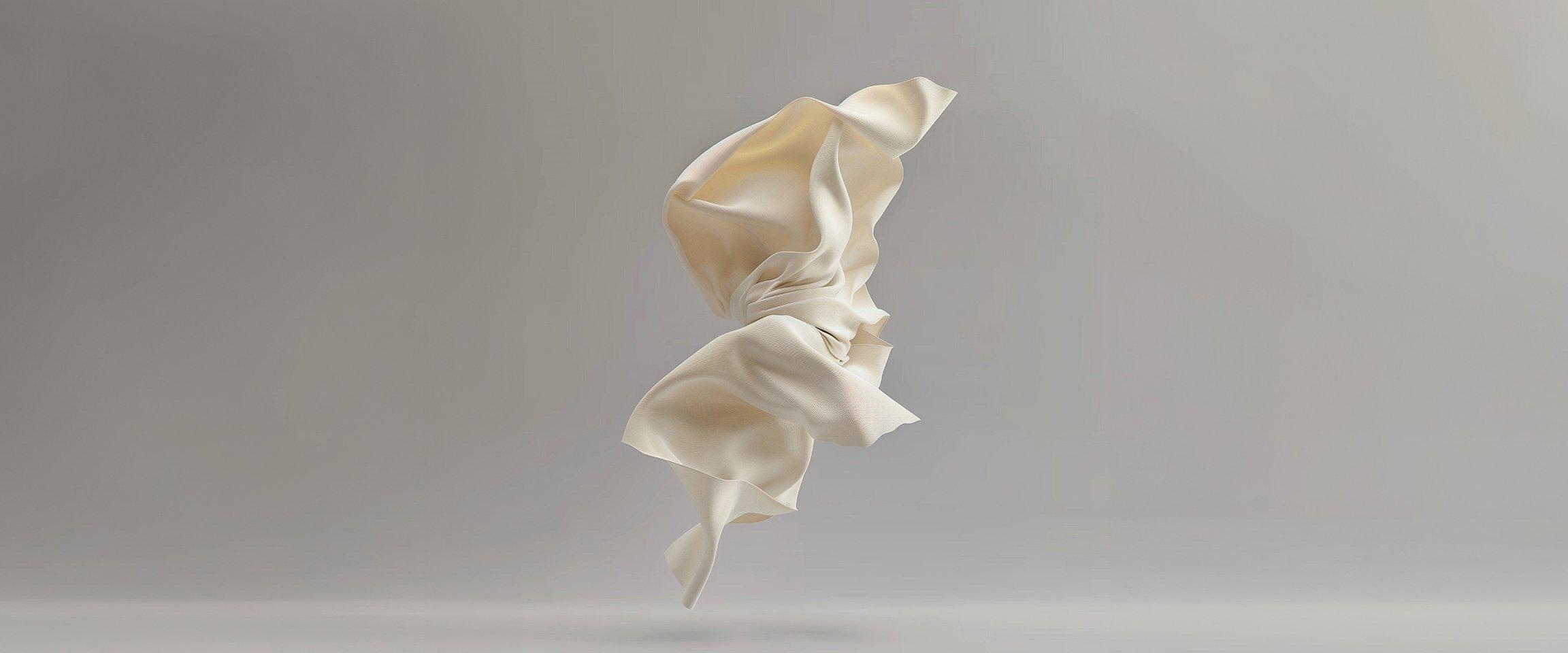
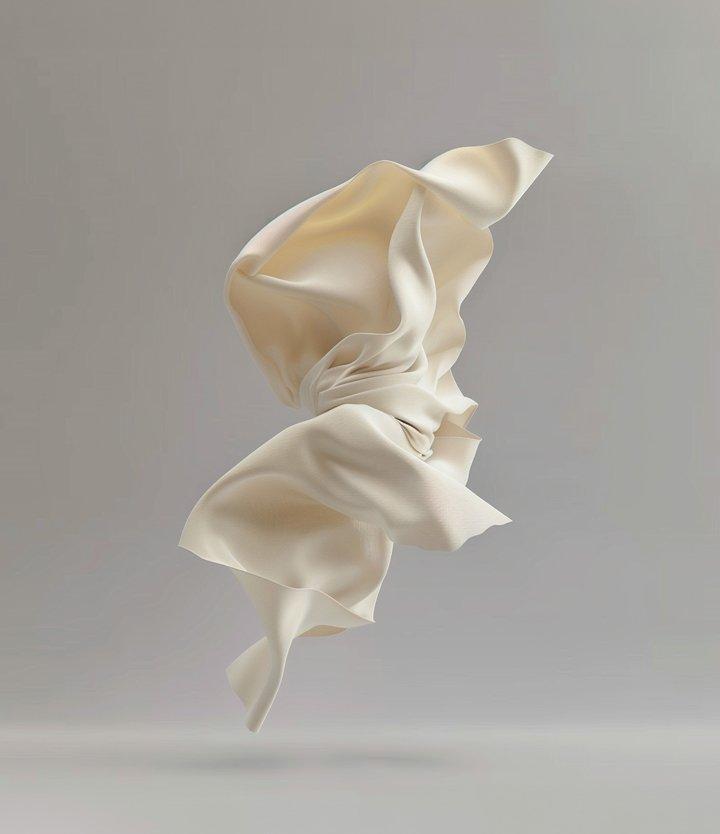
Circularity - a word that sounds like sustainability and the future. This is our circular product vision: we make products more recyclable in order to reduce waste. This applies to both production and fast-moving collections. Right from the production stage, we are increasingly focusing on more resource-efficient, organically grown fibres and recycled materials. So that you can wear your favourite pieces for a long time, our care guide provides tips on the right care. In 2024, we optimised a jeans style with a view to recyclability for the first time.
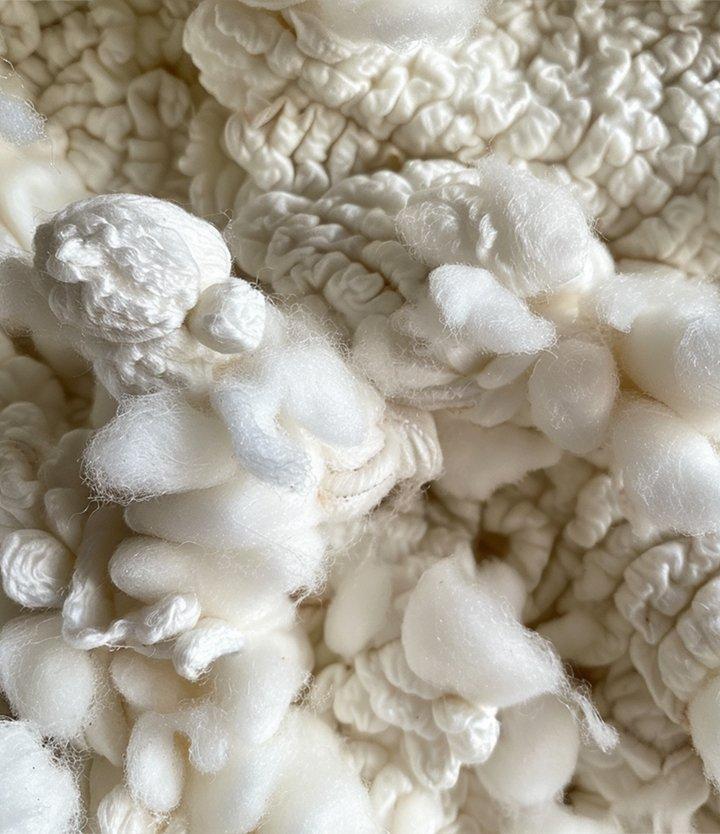
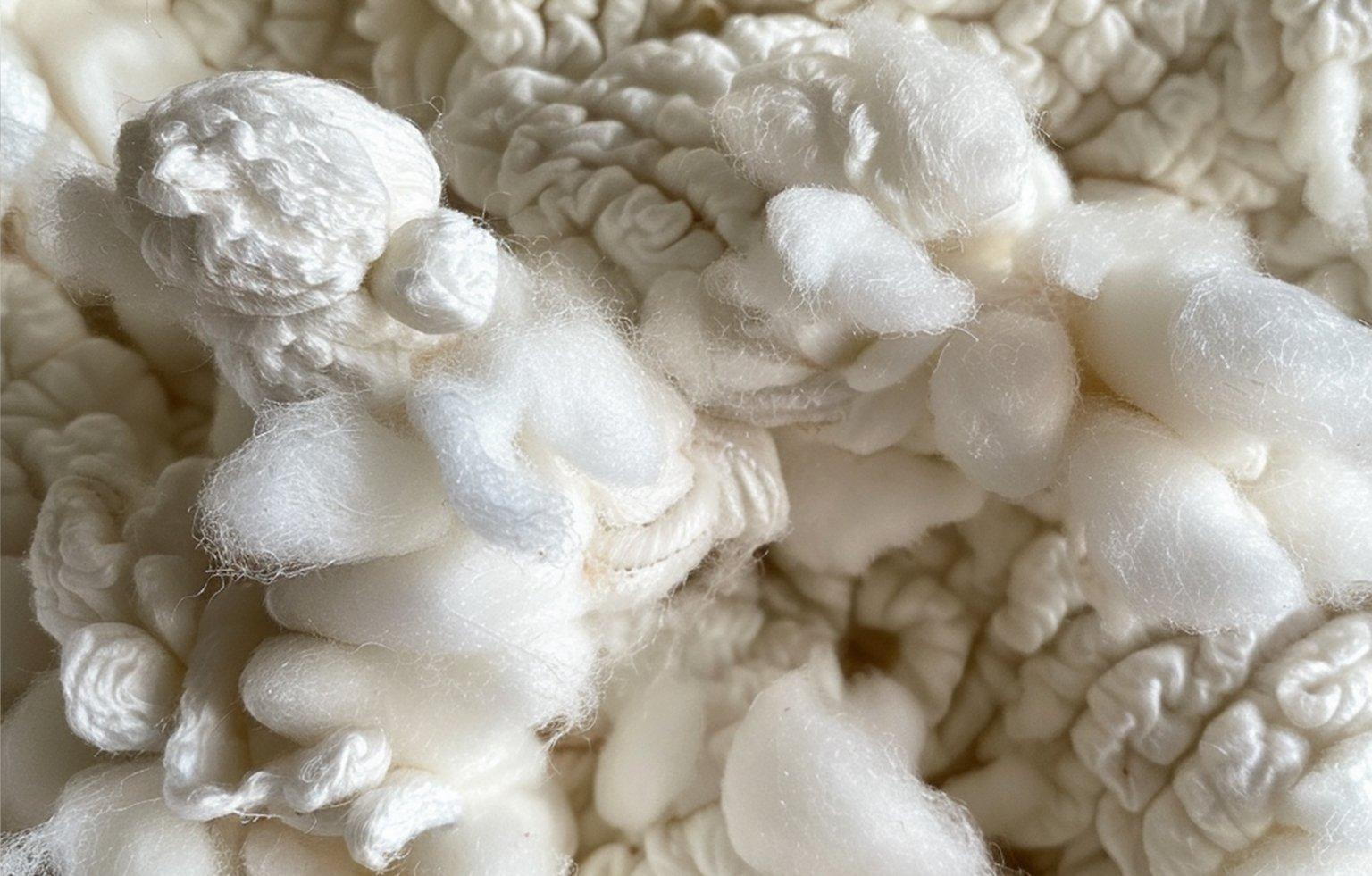
Cotton is one of our most important raw materials. We promote more socially and ecologically responsible cultivation. In 2023, we used over 80% more sustainable cotton in our main material. From 2024, we aim to source 95% of our cotton from more sustainable sources.
In contrast to conventional cotton, no genetically modified seeds may be used in the cultivation of organic cotton and the use of artificial fertilisers, pesticides and herbicides is avoided. Instead, natural methods are used that are gentler on the soil, the plants and the people who work with them. In addition, alternating crops are grown on the fields. This is called crop rotation. This makes the soil more fertile, increases the humus content and allows it to absorb more CO2. So that you can be sure that our products actually contain organic cotton, we work with established standards such as those of Textile Exchange. We are certified according to the Organic Content Standard (OCS), which verifies organically produced fibres from origin to finished product.
Organic cotton accounts for less than 2% of global cotton production. One hurdle that hinders organic cultivation is the conversion time from conventional to organic farming. This takes three years, during which the soil has to recover from the residues of conventional cultivation methods. During this time, the cotton is already being grown according to organic principles, but may not yet be sold as such. For the farmers, this means that they usually have to sell their cotton as conventional during the conversion period and forgo an organic premium. By sourcing cotton as organic cotton in conversion, we want to support the shift towards more organic farming and encourage farmers in their endeavours. So that you can be sure that our products actually contain organic cotton in conversion, we work with established standards such as those of Textile Exchange. We are certified according to the Organic Content Standard (OCS), which verifies organically produced fibres from origin to finished product.
We use recycled cotton to utilise materials that have already been used and thus save resources. The recycled cotton comes from used clothing or household textiles, for example. So that you can be sure that our products actually contain recycled cotton, we work with established standards such as those of Textile Exchange. We are certified according to the Global Recycled Standard (GRS) and the Recycled Claim Standard (RCS), which verify recycled fibres from origin to finished product.
Through our partnership with CmiA, we support smallholder farmers in Africa in growing cotton sustainably and in a way that conserves resources while increasing their yields. This enables them to improve their living conditions through their own efforts. Strict environmental and social standards apply to the cultivation of CmiA-verified cotton. Genetically modified seeds are taboo and the use of pesticides and herbicides is strictly regulated. Cotton made in Africa is procured via a mass balance system and cannot be physically assigned to end products. CmiA's commitment goes beyond cotton cultivation. The promotion of women, education projects and health initiatives are on the agenda. The income from the licence fees flows back into the growing regions.
We work with Better Cotton to improve cotton farming worldwide.Better Cotton's mission is to support cotton communities in their development while protecting and regenerating the environment.Through its implementing partners, Better Cotton trains farmers to protect the environment and respect the rights and welfare of workers.Better Cotton is sourced through a mass balance system and cannot be physically attributed to end products.
In the mass balance, the raw material and the end product are balanced. Our suppliers purchase a certain amount of cotton, which is required for the production of our goods, via the Cotton made in Africa and Better Cotton initiatives. During further processing, this cotton may then be mixed with ordinary cotton. This means that the final product does not necessarily consist entirely of cotton from the initiatives. However, it is important that the amount of cotton corresponding to the product comes from more responsible sources and enters our supply chain..

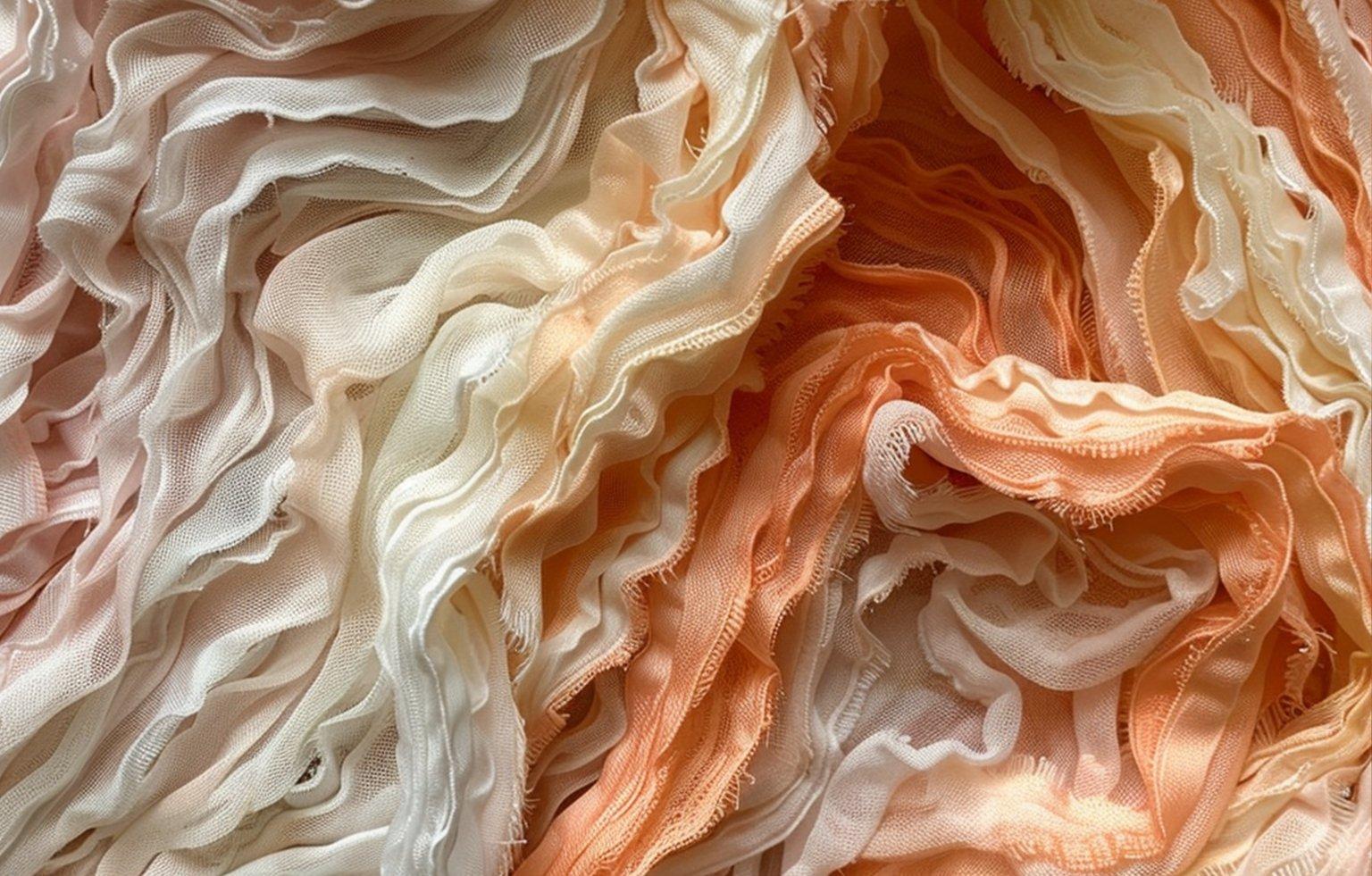
We are working to minimise the use of virgin polyester in our products. By using recycled polyester, no new resources are consumed. In 2023, we used almost 30% recycled polyester in the main material. By 2028, we aim to source 70% of our polyester from recycled sources.
Polyester is the main component of our synthetic fibres and materials. However, this is associated with environmental and social risks, particularly in the extraction of raw materials - including crude oil. These raw materials are not renewable. It is therefore all the more important to reduce our use of synthetic materials overall and to use less virgin polyester. The recycled polyester comes from PET bottles or old clothing, for example. So that you can be sure that our products actually contain recycled polyester, we work with established standards such as those of Textile Exchange. We are certified according to the Global Recycled Standard (GRS) and the Recycled Claim Standard (RCS), which verify recycled fibres from their origin to the finished product. We also use other standards such as REPREVE®, R-Elan, TOPGREEN® and Green Circle.
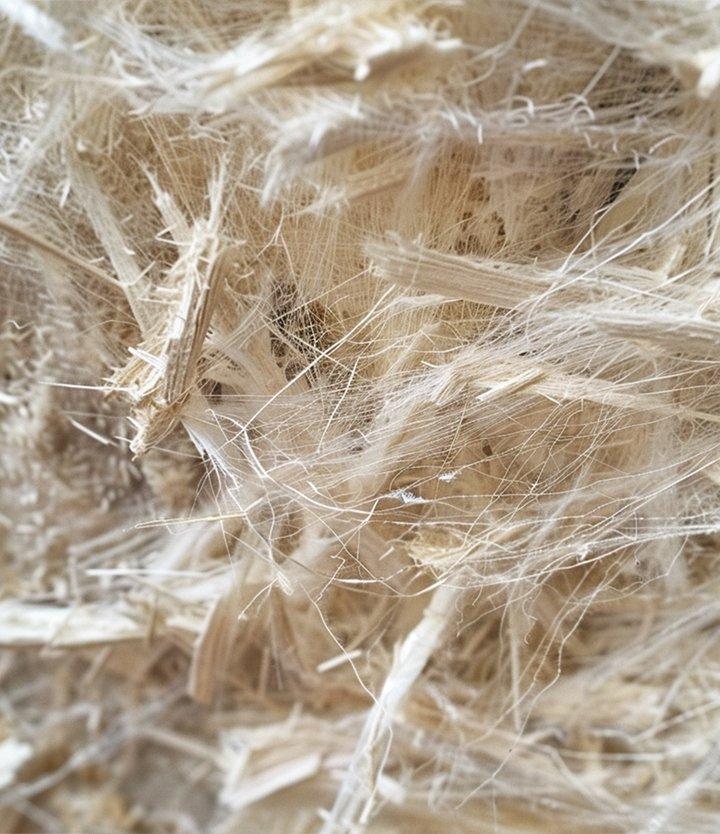
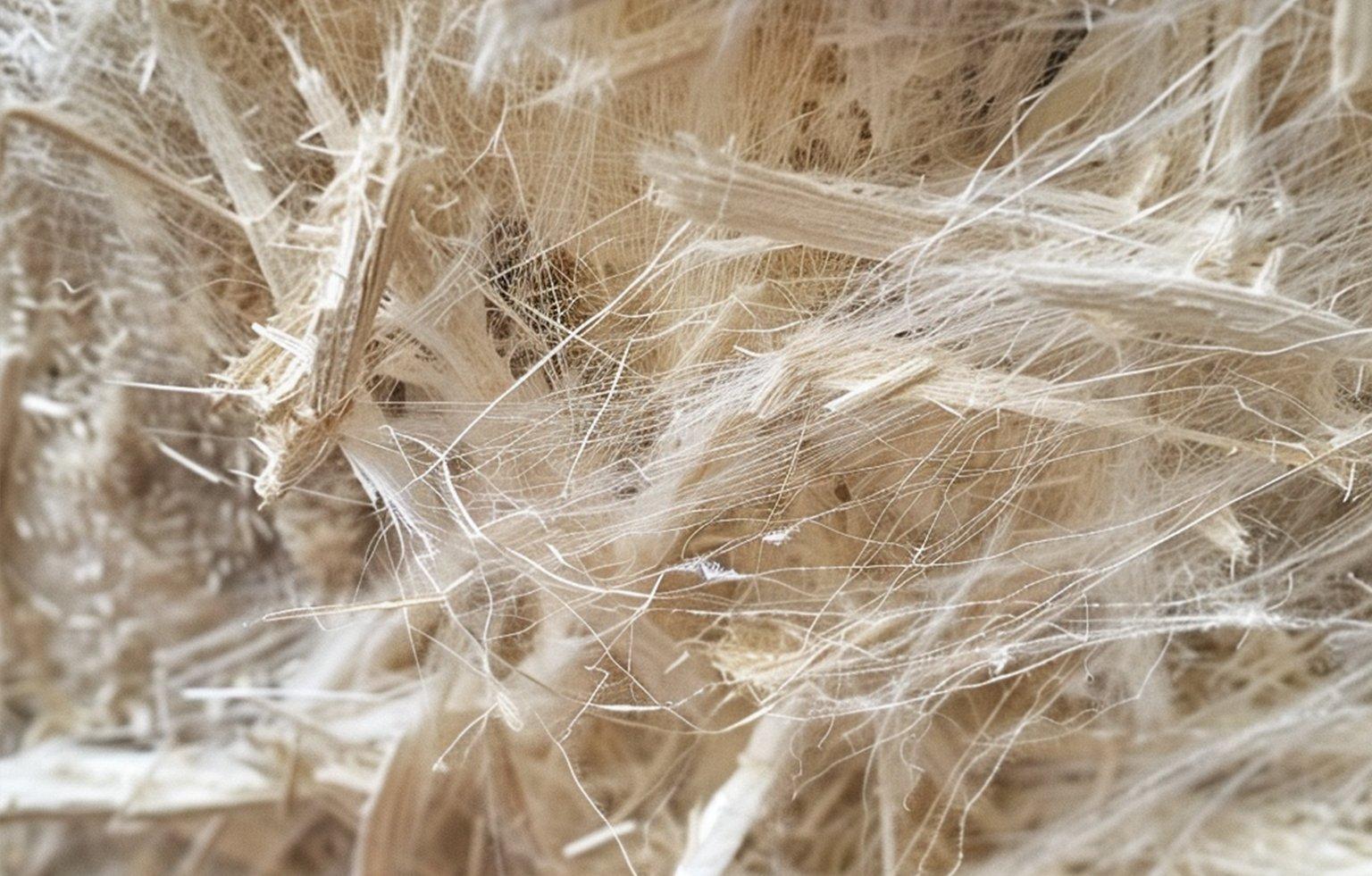
Cellulose fibres are obtained from renewable raw materials, especially wood. In contrast to artificial fibres such as polyester, they are biodegradable as they are cellulose-based. However, there are risks lurking in the supply chain: from the origin of the wood to the deforestation of trees and the complex treatment process in which many chemicals are used. In 2023, we used 20% more sustainable cellulose fibres in the main material. Cellulose fibres include viscose, modal and lyocell, for example. By 2025, we want to obtain 65% of our cellulose fibres from more sustainable sources.
The viscose fibres from LENZING™ ECOVERO™ by Lenzing AG and LIVAECO™ by Birla come from controlled forestry and have a lower environmental impact. This is because water consumption and greenhouse gas emissions are greatly reduced during production compared to conventional viscose production. In addition, LENZING™ ECOVERO™ bears the EU Ecolabel.
Les fibres de viscose de LENZING™ ECOVERO™ de Lenzing AG et de LIVAECO™ de Birla proviennent de forêts contrôlées et ont un impact environnemental réduit. En effet, pendant la fabrication, la consommation d'eau et les émissions de gaz à effet de serre sont fortement réduites par rapport à la production de viscose conventionnelle. De plus, LENZING™ ECOVERO™ porte l'Ecolabel européen.
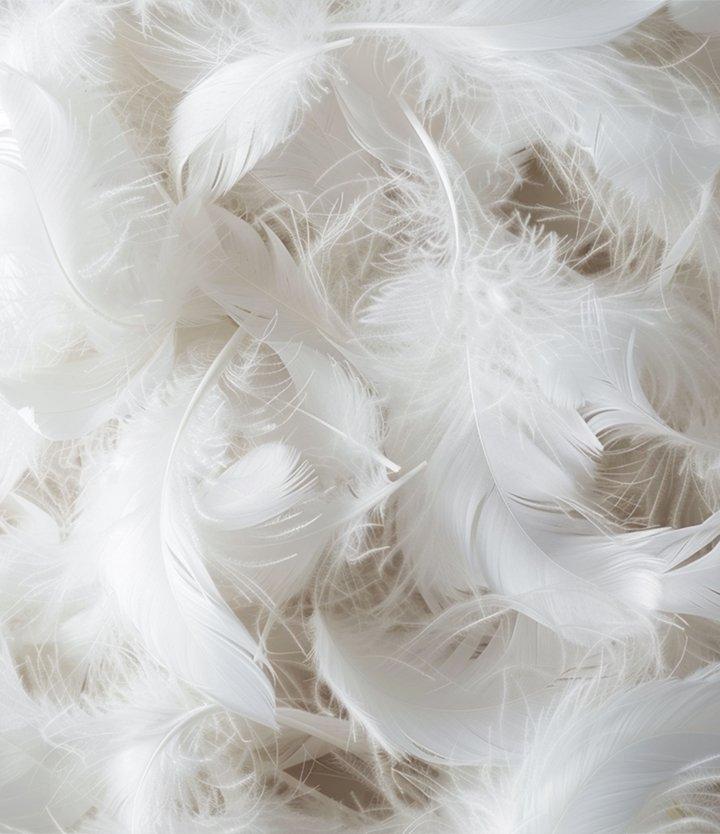
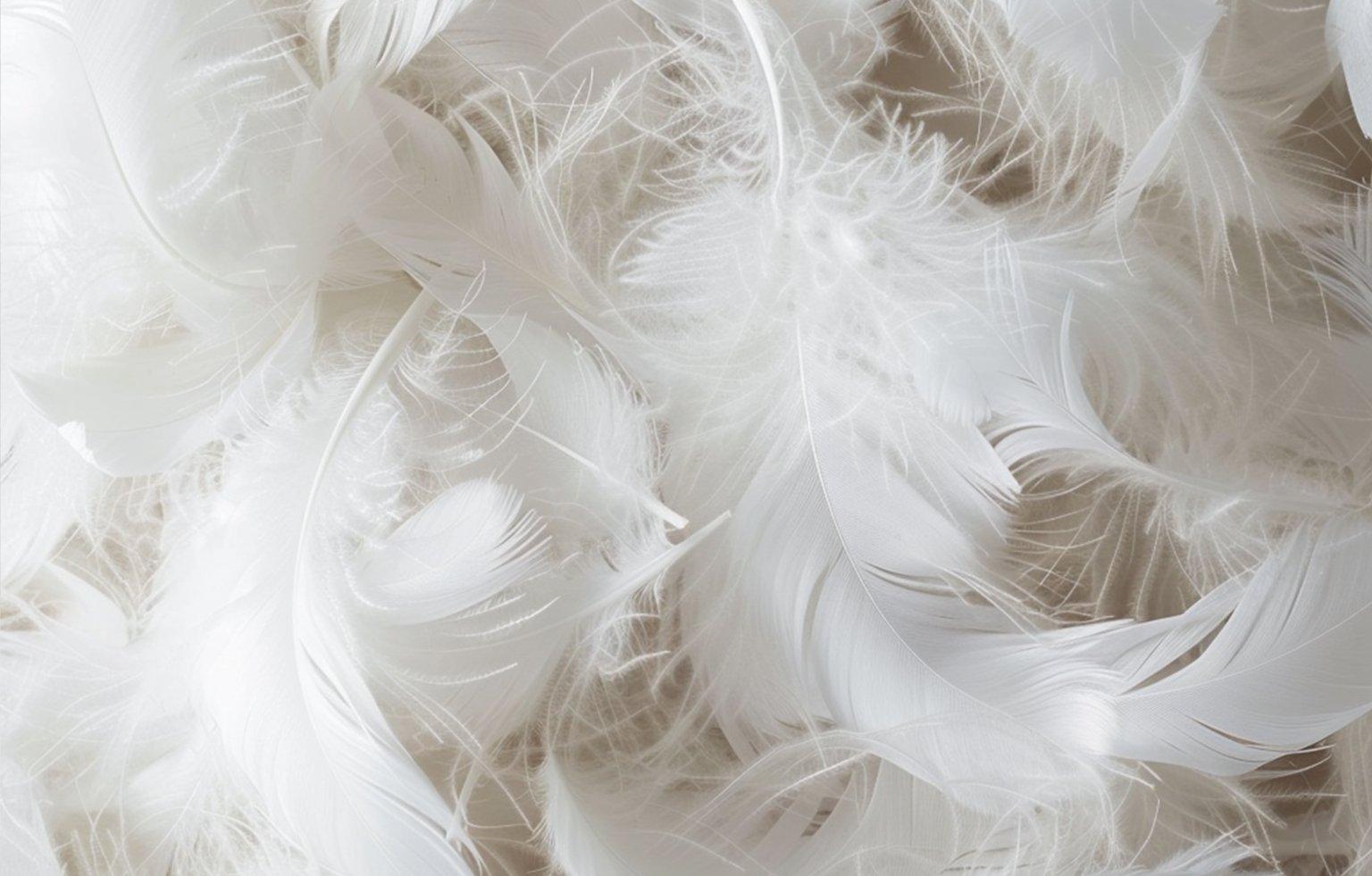
Since 2013, we have been an official signatory of the international Fur Free Retailer programme, which is represented in Germany by the animal welfare organisation ‘Vier Pfoten’. Animal fibres and materials make up a small part of our product portfolio. Nevertheless, it is important to set specific guidelines, because respecting the welfare of animals and preserving their diversity is an important concern for us that we take seriously. Our animal welfare policy is the basis of our actions. All our collections are free from real fur, angora and mohair.
Wool is one of our most important animal materials. Our animal welfare policy prohibits the use of wool from sheep that have been mulesed. This means that strips of skin have been removed to prevent fly infestation. This is often done without pain relief. We also use wool that fulfils animal welfare criteria and recycled wool. So that you can be sure that our products actually contain more responsible or recycled wool, we work with established standards such as those of Textile Exchange. We are certified to the Responsible Wool Standard (RWS), the Global Recycled Standard (GRS) and the Recycled Claim Standard (RCS), which verify more responsible wool or recycled fibres from origin to finished product. In 2023, we used 1% more sustainable wool in the main material. We aim to improve and source 50% of our wool from more sustainable sources by 2025.
Luxurious cashmere wool can also be sustainable! We're talking about The Good Cashmere Standard® (GCS) - an independent seal for sustainable cashmere production. There's more to it than fluffy fibres. GCS looks after the welfare of cashmere goats. From the Five Freedoms to the living conditions of the farmers in Inner Mongolia. The standard sets clear criteria for sustainable cashmere production. Independent auditors monitor compliance with these requirements. In 2023, over 40% of our cashmere came from more sustainable sources. From 2025, conventional cashmere will no longer be used.
Alpaca is a high-quality fibre known for its warming properties and soft feel. Our more responsible alpaca comes from farms that follow clear animal welfare and farming requirements and fulfil the requirements of the Responsible Alpaca Standard (RAS). The RAS verifies responsible alpaca from origin to finished product. In 2023, we have not yet used a more sustainable alpaca. We want to improve and source 50% of our alpaca from more sustainable sources by 2025.
Feathers and down are known for their heat-retaining properties. However, there are also risks to animal welfare that we want to exclude for our products. That is why our down and feathers come from more responsible sources. This means that animal welfare criteria are adhered to on the farms and practices such as stuffing or live plucking are prohibited. So that you can be sure that our products actually contain more responsible down and feathers, we work with established standards such as those of Textile Exchange. We are certified to the Responsible Down Standard (RDS), which verifies down and feathers from source to finished product.
By clicking the link provided in this email, you confirm that you have personally subscribed to the newsletter and that your email address has not been misused.